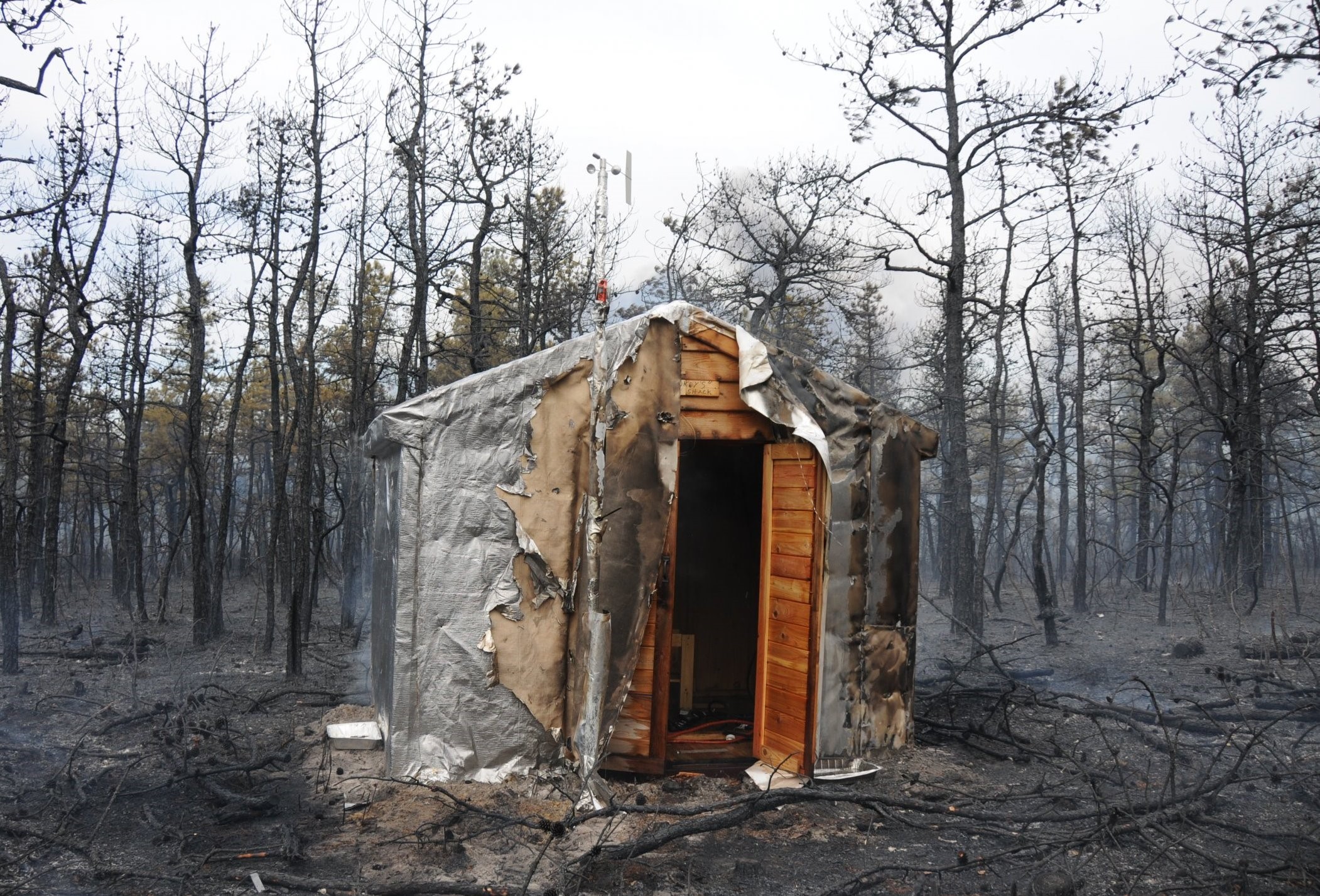

Researchers at Case Western Reserve University have created an aluminium blanket which can be wrapped around homes to prevent from fire. Wildfires across California have destroyed many homes and other structures till date. They found a way to protect such homes by wrapping them in a blanket made from fire-proof material. It is based on the same principle like the fire-proof costumes worn by fire-fighters while entering a building on fire.

Buildings best equipped to withstand a wildfire are usually made of steel, concrete, or brick. But a home also includes materials like plastics and laminates which are highly flammable along with broken and open windows and debris.
Fire blankets are commonly used to extinguish small flames, but this is for the first time the idea is being used on homes. They tested the experiment by covering a small cabin with four different fabrics. Two of the blanket fabrics could block heat and radiation for up to 10 minutes, aluminium being one of them.
Fumiaki Takahashi, a mechanical engineer at Case Western Reserve University started working on this project with his research team. Takahashi used materials like aramid, fiberglass, amorphous silica and pre-oxidized carbon with minimum thickness.
The researchers laminated the materials with aluminium foil to keep radiation from passing through the fabric. Takahashi found that the fiberglass and silica blankets covered with aluminium foils performed best. They blocked around 92% of the heat transfer to the fabric.
He found that the blankets were most effective in fire blockage with an aluminium foil layer on the outside, which reflected up to 96% of the thermal radiation. The blankets only lasted for about 10 minutes but that was a critical time.
Takahashi noted that fire-blanket technology comes with some obvious limitations as there are different home structures and different types of fires. A house with multiple vents and decks are difficult to be wrapped. A dense neighbourhood, thick tree-cover around and dry, windy conditions can make fire worse. Under such conditions fire blankets have limited performance.
The team is working on the experiments further in order to make the blankets withstand the flames for hours before making the product available for consumers.
Responses








